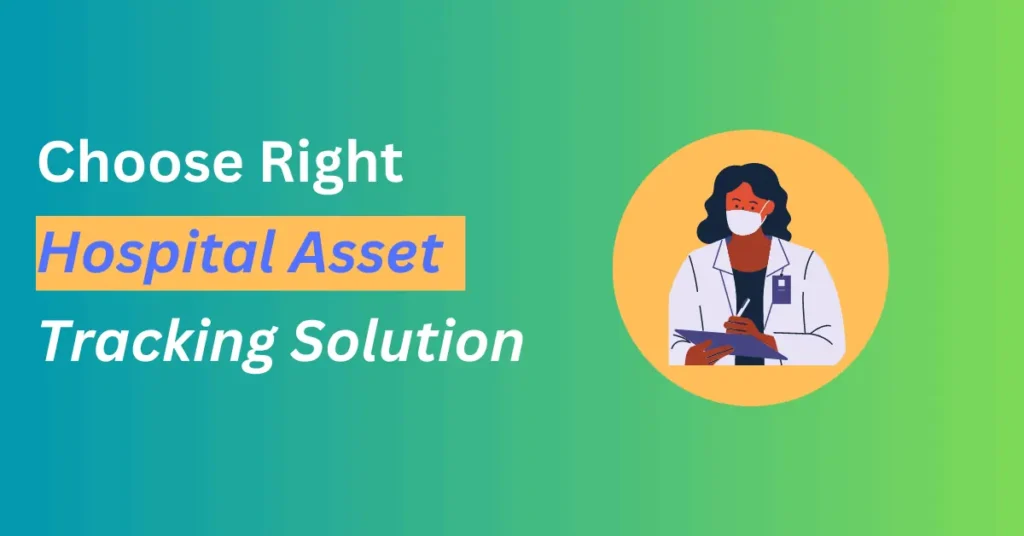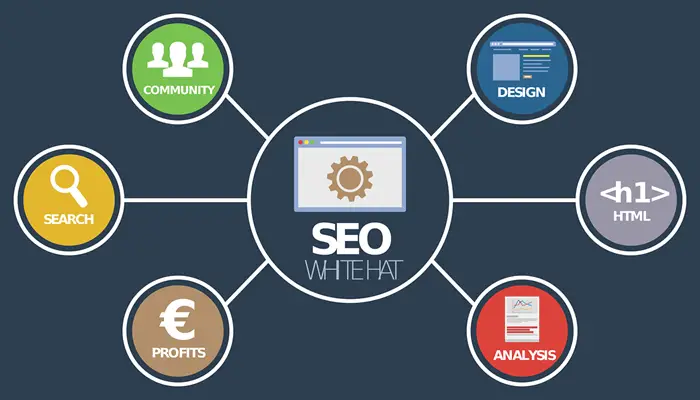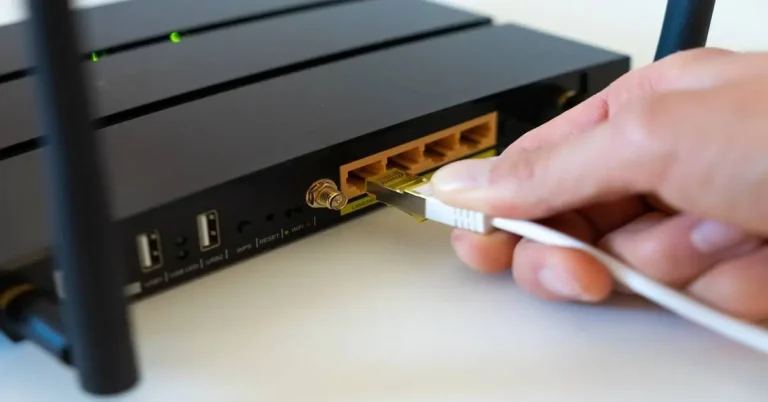Managing equipment and supplies in healthcare facilities is critical to providing high-quality patient care. However, tracking thousands of items can be challenging, and manual methods can be time-consuming and prone to errors.

Many healthcare facilities use digital solutions to address these challenges in managing equipment and supplies. In this blog post, you will explore the key features to look for when choosing the right hospital asset tracking solution to manage your healthcare facility’s equipment.
Real-Time Asset Management
Real-time asset management is critical for selecting a solution to manage your healthcare facility’s equipment. Real-time tracking lets you monitor equipment in real-time, locating items quickly and ensuring they are used efficiently. It also allows you to track the movement of equipment and supplies throughout your facility, reducing the risk of loss or theft.
Customizable Dashboard
A customizable dashboard is another essential feature for selecting a solution to manage your healthcare facility’s equipment. A customizable dashboard allows you to view critical data and metrics in a way that makes sense for your facility. It also enables you to quickly identify areas where equipment is underutilized or overutilized, allowing you to make data-driven decisions that can help improve patient care and reduce costs.
Automated Alerts and Notifications
Automated alerts and notifications are essential for ensuring equipment is used efficiently and effectively. These alerts can notify you when equipment is not being used, needs maintenance or repairs, or has been moved outside designated areas. Automated alerts and notifications can help prevent equipment from being lost or stolen and help you identify areas where equipment is being underutilized or overutilized.
Ease of Use and Integration
Ease of use and integration with your existing systems are critical when selecting a hospital asset tracking solution. The system should be easy to use and understand, with a user-friendly interface that can be customized to meet your needs. It should also be easy to integrate with your existing systems, such as your electronic health records (EHR) system, to ensure seamless data sharing and management.
Analytics and Reporting
Analytics and reporting are essential for understanding how equipment is being used in your healthcare facility. These features can provide valuable insights into equipment utilization rates, maintenance and repair costs, and equipment life cycle. Analytics and reporting can help you identify areas where equipment is underutilized or overutilized, allowing you to make data-driven decisions that can help improve patient care and reduce costs.
Scalability
Scalability is another critical feature when selecting a solution to manage your healthcare facility’s equipment. As your facility grows, you may need to add more equipment and supplies, and your tracking solution should be able to scale accordingly. Look for a solution that can grow with your facility and be easily customized to meet your needs.
Mobile Compatibility
Mobile compatibility is a must-have feature for a healthcare facility equipment management solution. It enables staff to quickly access equipment and supply information anywhere in the facility, improving efficiency and patient care.
RFID Technology
Radiofrequency identification (RFID) technology is valuable for tracking equipment and supplies. RFID technology can help automate the tracking process and reduce the risk of errors and manual data entry.
Conclusion
In conclusion, managing equipment and supplies in a healthcare facility is critical to providing high-quality patient care. Digital solutions can help streamline this process, but choosing the right solution for your facility is essential.
Look for a solution that offers real-time asset management, a customizable dashboard, automated alerts and notifications, ease of use and integration, analytics and reporting, and scalability.
Choosing the right solution can improve patient care, reduce costs, and ensure that your facility runs efficiently and effectively.





